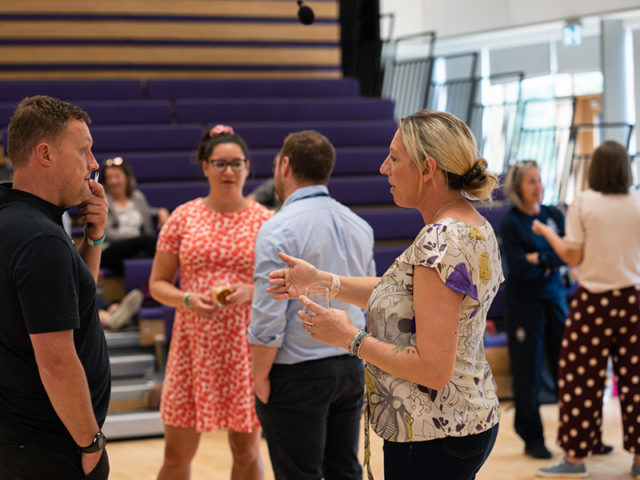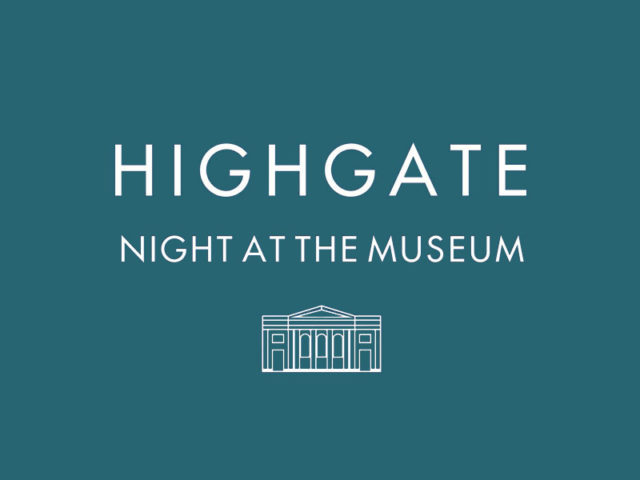Highgate events
Highgate offers a packed programme of events and activities, many of which are open to the public as well as our School community.
Event booking
Night at the Museum
‘Night at the Museum’ is a series of talks (one per term) by external speakers and Highgate teachers on a wide range of subjects. It replaces the successful ‘Mondays at the Mills’ programme that ran for four years from September 2016.
Talks are normally held in the School Museum/Tabernacle starting at 7pm, with refreshments, including wine, available from 6.30pm and afterwards.
Tickets for ‘N@M’ events can be booked on this page. If you have any questions, please contact the Development Office, by emailing development@highgateschool.org.uk
Click here to watch the recordings of Monday evening lectures in the Highgate School Museum, organised by the School Archive.
Night at the Museum lectures
- The 14th Annual Kyffin Williams Lecture: To be confirmed, 28 February 2022 (online event)
To be confirmed
- Previous N@M and M@M lectures
• Winchcombe – the Lockdown Meteorite, 15 November (online event)
• Tourists and Tombs, 7 June 2021 (online event)
• The 13th Annual Kyffin Williams Lecture: Kyffin and Colour, 1 February 2021 (online event)
• Dutch Light – Christiaan Huygens and the Making of Science in Europe, 16 November 2020
• Tourists and Tombs, 8 June 2020 – Cancelled
• The 12th Annual Kyffin Williams Lecture: Room for Welsh Art? Kyffin Williams and the National Museum of Wales, 3 February 2020
• Climate Change, 18 November 2019
• Fashion, Fury and Feminism – Women’s Fight for Change, 1 July 2019
• Small Bodies in the Solar System, 20 May 2019
• Leonardo da Vinci: Renaissance Master, 18 March 2019
• Coleridge’s Intellectual Legacy in America, 25 February 2019
• The 11th Annual Kyffin Williams Lecture—Milein Cosman (1921-2017): her life, art and friendship with Kyffin Williams, 4 February 2019
• A Throwback to my Studies of How Black Holes Form, 14 January 2019
• Aiming high: school expeditions and life beyond the classroom, 3 December 2018
• The Transformation of St Pancras Station, 12 November 2018
• There’s a Pheasant on the Roof: Kyffin at Highgate, 10 September 2018
• Faraday and Electromagnetism, 2 July 2018
• Votes for Women, 21 May 2018
• Help, the Gamer Has Left the Basement!, 19 March 2018
• Forensic Science – DNA Evidence, 26 February 2018
• The 10th Annual Kyffin Williams Lecture: Conservation Challenges, 5 February 2018
Sport in her Shoes Conference
In June 2022, Highgate hosted a Sport in her Shoes conference with The Well HQ, a visionary team of medical, scientific, and high-performance specialists who are on a mission to tackle inequalities in female health and create positive change.
Over 150 participants, from girls and co-educational schools and sporting bodies in the UK and Europe, gathered at Highgate for a range of sessions looking at how to bring science into practice and how to reduce the stigma of talking about some of these topics.

